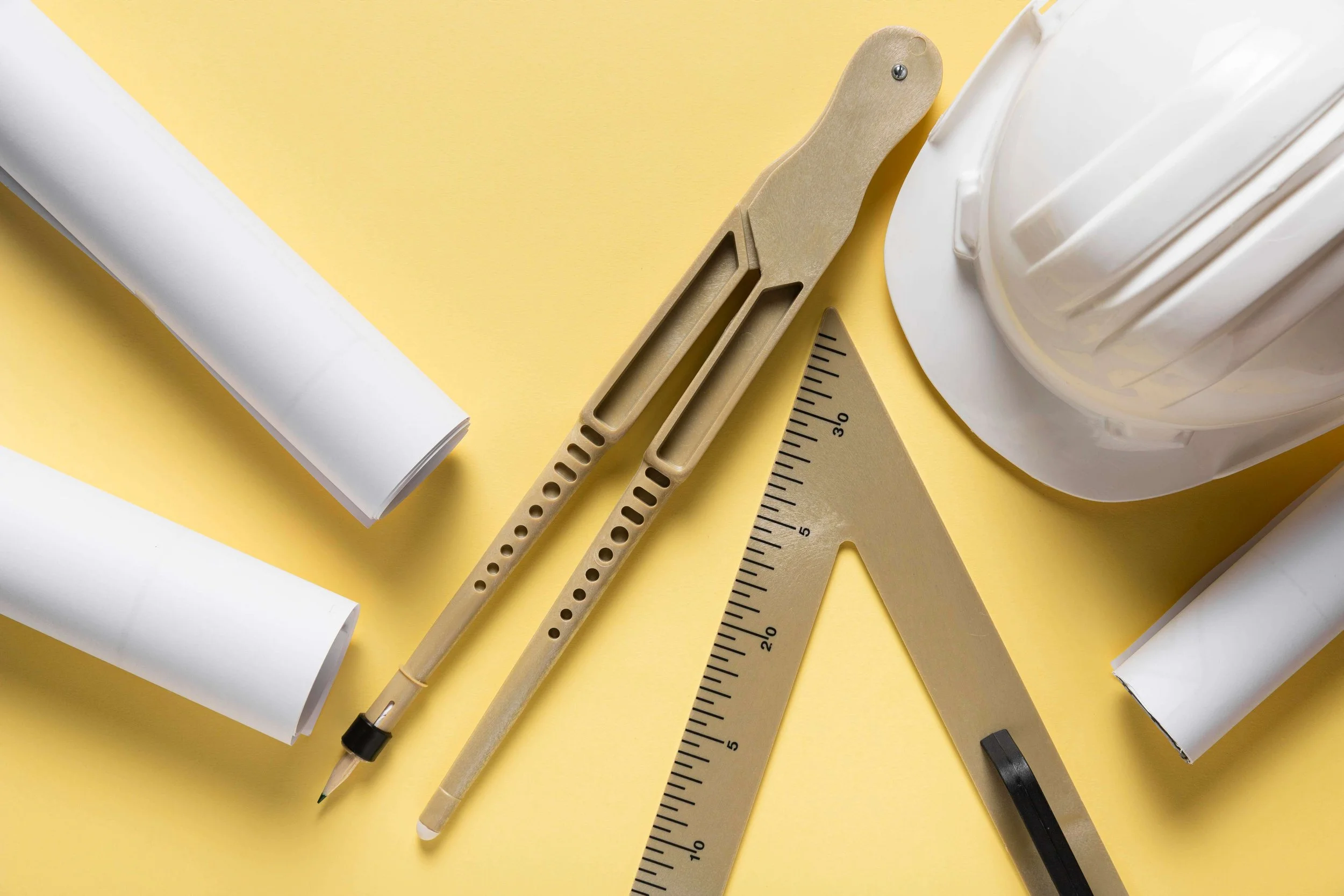7 Essential Design Software Tools Every Architect Should Be Using
Over the last couple of years, digital technologies, AI, and Machine Learning completely overhauled the global business landscape and made pretty much any industry or profession in existence leaner, more efficient, and more streamlined.
It shouldn’t come off as a surprise, then, that architecture, which is, in itself, incredibly data-driven, saw massive boosts from this development - so much so that these innovations started dictating the pace of the entire industry.
So, no matter whether you are a freelance contractor or run an architecture company, knowing the latest tools of the trade is the only way to stay competitive. Well, let us take a look then at some of the essential design software tools every architect should use in 2024.
Adobe Creative Suite
This neat software package includes popular Adobe tools like InDesign, Photoshop, and Illustrator, and pretty much presents a go-to starter package for architects of all experience levels. This is most evident in the fact that the design process goes way past creating usable models, and renders. The truly quality projects leverage various assets like diagrams, presentation materials, rich imagery, and project documentation. Adobe Creative Suite checks all these boxes, and throws into the equation a rich collaboration option. Adobe is a giant brand, and its reputation is earned with the suits like this one.
AutoCAD
Doing any sort of competitive architecture without leveraging massive amounts of CAD drawings has, at this point, become impossible. Well, the good news is that AutoCAD is here to put all your CAD-related worries to rest. Coming from an experienced auto-desk kitchen, this tool makes the promise of computer-aided design finally come true. Featuring rich automated object generation capabilities and a massive library of pre-built objects, AutoCAD makes model generation simple, fast, and even fun. Rich features, built-in models, and simple drag-and-drop use make a winning combo.
Rhino
The platform is a rising star in the constellation of 3D modeling platforms. If you still don't have it in your portfolio, learn how to use Rhino and you will make your life so much easier. To put it simply, Rhino presents one of the most feature-rich, streamlined, and intuitive tools you can find on the market. Using its own homebrew Grasshopper programming language, Rhine opens the doors to advanced features like parametric design, visual scripting, design analysis, and very intuitive layer and material management. Integration options with different rendering and even modeling tools are a huge plus as well.
Iris VR
In recent years, VR has truly been pushing the boundaries in terms of architectural visualization. Well, Iris VR stands at the top of the bunch of products that are trying to ride this new trend. This tool comes with pre-built integration with a bunch of platforms like Rhino, Revit, and Sketchup. So it's really a plug-and-play product. All filters, layers, materials, viewpoints, and other resources are faithfully rendered and you have an option to hold multi-user meetings and design walkthroughs – all from the comfort of your office. And on top of that, you can expand core features with new plugins. What's not to like?
Esri CityEngine
Esri CityEngine works just like your regular 3D modeling tool but it puts designs on a much larger scale which makes it invaluable for urban planners, municipal engineers, and even people working in the entertainment industry. Using the powerful ArcGIS (Geographical Information System) online resources, allows you to put your models into their natural surroundings and assess their real-life viability. Of course, this tool isn't made only for creating attractive skyline renders. Featuring a very robust engine, and all essential modeling features, this makes one punchy 3D modeling too in itself.
Revit
With each passing day, Building Information Modeling (BIM) covering all stages of one project's life cycle is becoming more of a necessity than a novel idea. That makes Revit one of the most valuable tools you can add to your portfolio. Going way past the established 3D modeling ideas, Revit also adds rich collaboration options, sustainability analysis, energy efficiency, and a whole lot of other useful model information. Once the models are assembled and processed, any subsequent modifications will be reflected in other components without any user input. So, the product is really robust, intuitive, and easy to grasp.
Sketchup
The architecture projects are filled with quick drafts, various conceptual designs, and impromptu ideas that don't necessarily have to develop into a finished product. Well, you can see why using the complex and feature-rich platforms we have covered above simply presents a waste of time and valuable resources. Enter Sketchup, Google's very own competitor in the modeling landscape which earned a giant following with its affordable price, fun user interface, and all-around user-friendliness. Sometimes, you don't need photorealistic renderings and model analysis. Sketchup pretty much covers everything else.
In Conclusion
Well, we hope you have enjoyed this short who’s who in the world of architecture software tools. Of course, we could make this list much longer but even as it is, it should help you to get started and assemble your basic kit. From this point on, it's all up to you and your personal preferences. But, keep in mind these platforms are developing at a lightning pace. The only way to remain competitive is to constantly check what's brewing on the horizon.
Author bio: Marie Nieves is a passionate blogger with an eye for design, a flair for storytelling, and a love for culture. She contributes regularly to various blogs and online magazines, all while satisfying her wanderlust by exploring states and countries near and far.
Cover image by Freepik






